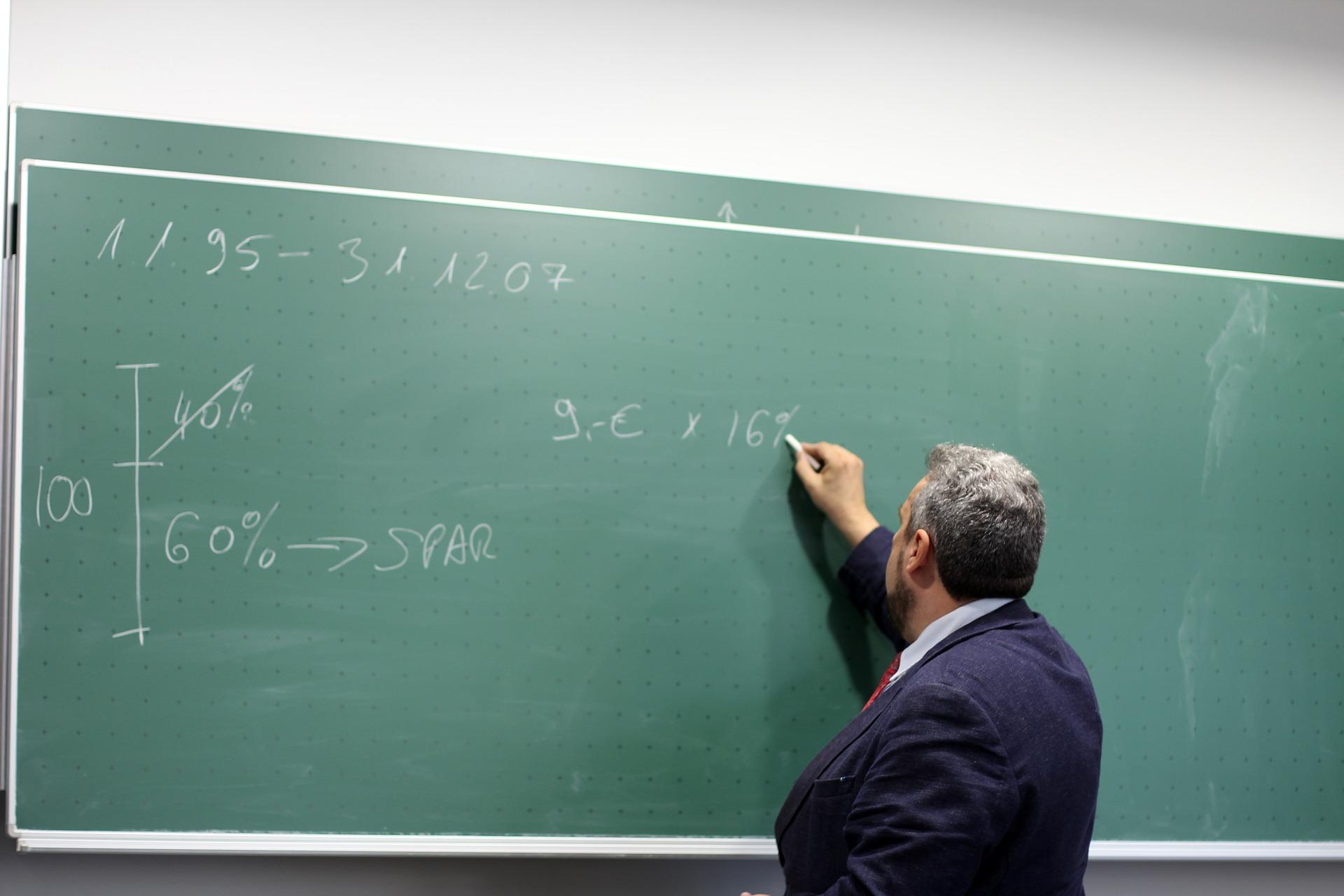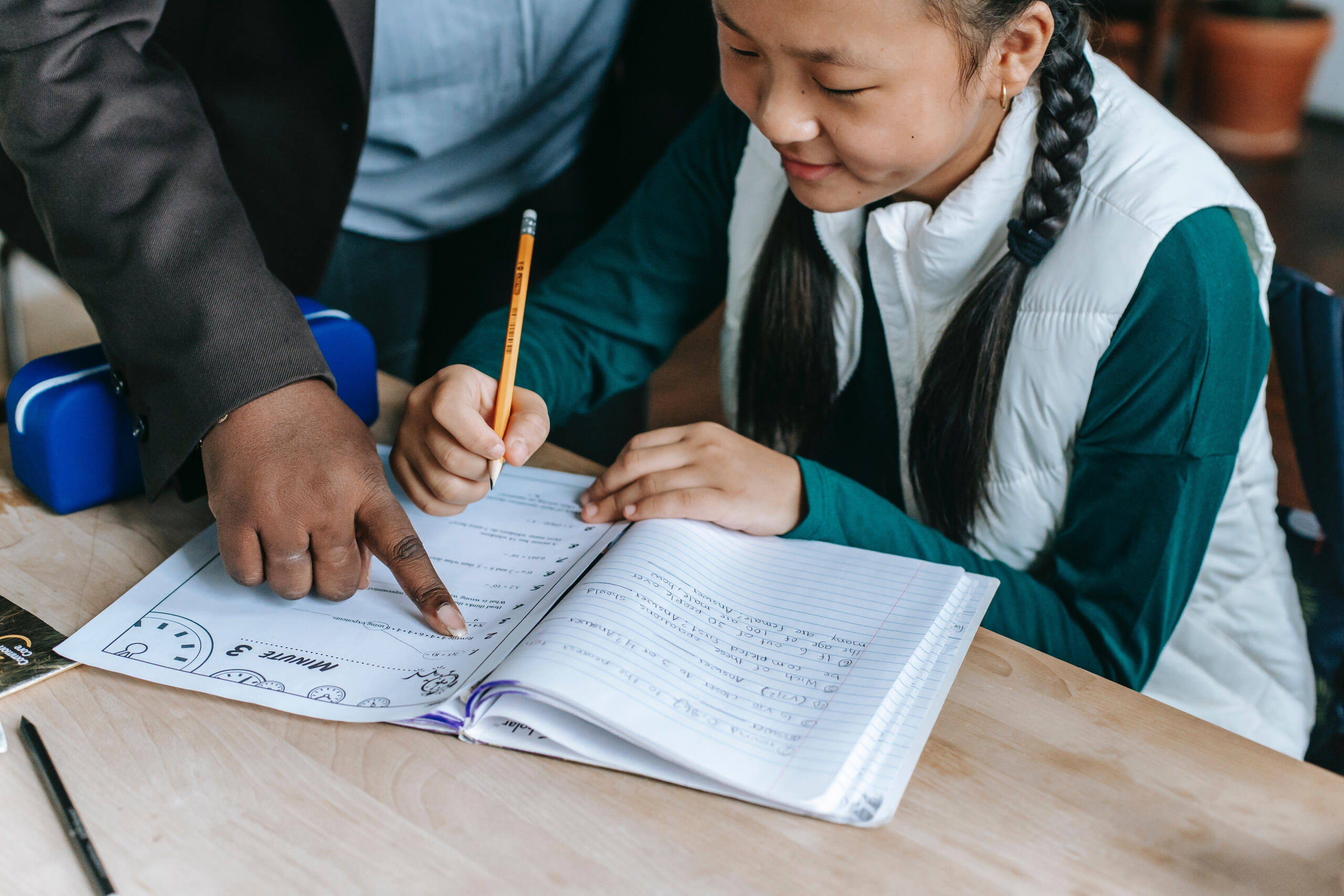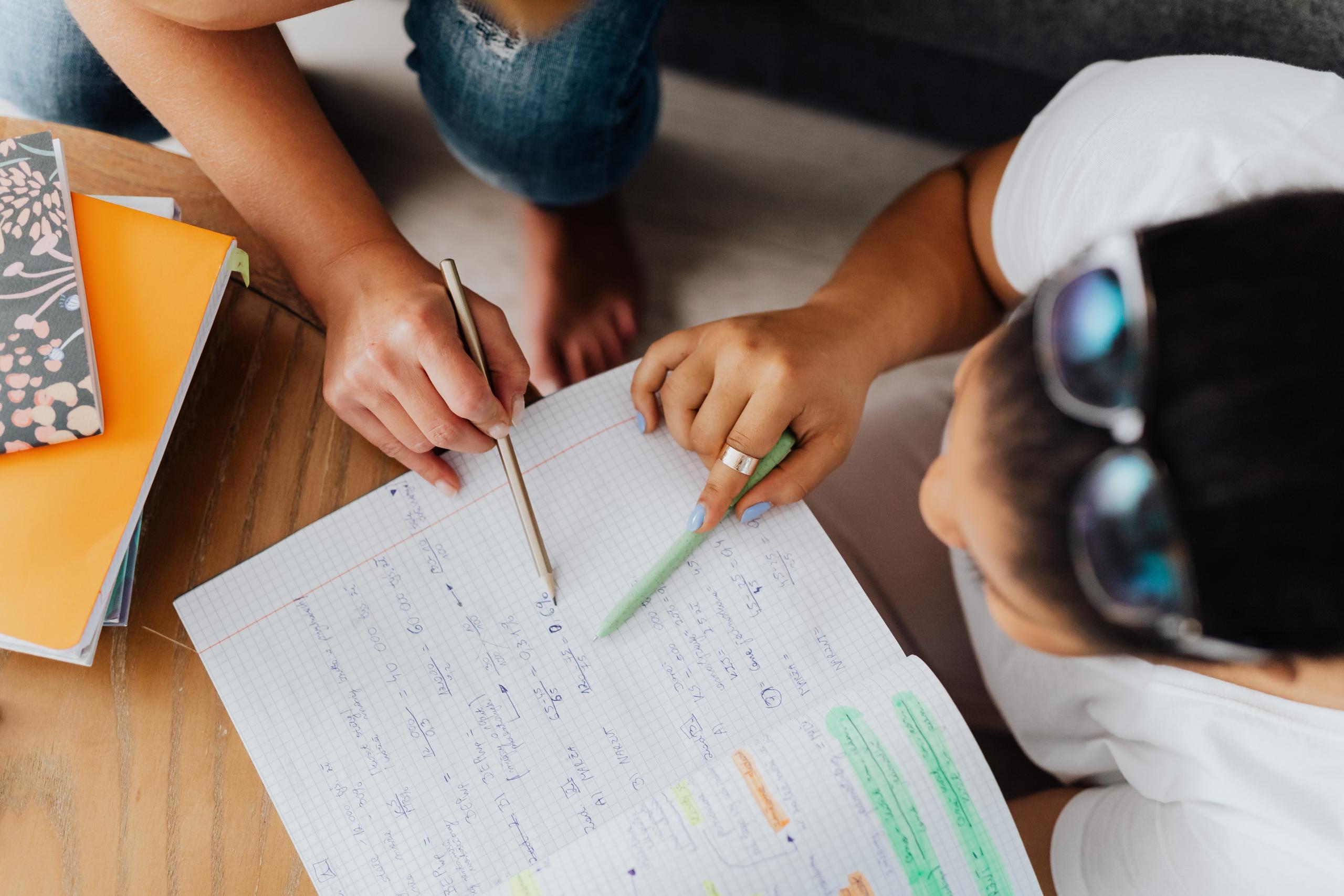There are many buzzwords in education, but the one making the most waves is differentiated instruction. Even so, there are not many teachers and school educators who are fully clued up on its meaning.
So what is differentiated instruction? Is it a way to promote new ways of learning, or is it a better path to maths and literacy?
If you have been asking these questions, then this article which will define differentiated instruction is for you.
Want to give private lessons?
Join the Superprof community and share your knowledge with inquiring and motivated students.
Differentiated Instruction Versus Traditional Teaching

If you are far down the line with your search for a differentiated instruction meaning, then you will know that for centuries education has followed a teacher-led model.
Today, you could visit just about any classroom and find a typical scene: instructions from a teacher and students focused on learning. While this model certainly works in most situations there are other methods to consider too.
To say that teachers exist mainly to impart knowledge is a narrow view of all that they do which includes:
- Instilling discipline to children who are bullies or unable to sit still.
- Managing a class, but also conflicting personalities, assignments and time.
- Acting as a front line of defence because they are often the first to spot a child’s emotional and mental distress.
- As administrators, teachers have more than just a classroom to manage, they have to ensure that they comply with the department of education’s bureaucracy too.
- Continuing their own professional development.
When you think about how all of this is packed into an 8-hour day, it is not surprising that so many teachers leave the profession. If you are one of those people considering leaving your profession as an educator, perhaps it is time to deepen your search for differentiated instruction meaning.
But what is differentiated instruction and how does one integrate it into teaching?
One method is to place learners into small groups according to personal interests and abilities so that gifted students feel as challenged as mainstream students.
Other characteristics of differentiated instruction include using alternative teaching resources. For instance, you could use project-based learning in place of ordinary textbooks.
Differentiated instruction strategies can alter the way students approach their studies and even unlock an unprecedented enthusiasm to learn.
Find out more about how to add differentiated instruction to your teaching.
Further Benefits and Characteristics of Differentiated Instruction for Students
According to educator Andria Zafirakou the way to get your kids on board is to connect with them. And this is one of the key characteristics of differentiated instruction.
Consider the enthusiasm levels of the average student when it comes to learning new things. Is he or she eager for new knowledge to come his or her way? Alternatively, does the student have an anxious approach to school or even, a fear of bullying.
So while nobody is claiming that differentiated instruction will solve every educational challenge, it seems that the time is ripe for more people to be asking the question: what is differentiated instruction?
One way to define differentiated instruction includes addressing multiple intelligences that seeks to incorporate individual learning styles that will help to emphasise a student’s strengths.
Of course, it is one thing to search for differentiated instruction meaning if as a teacher, you have the time and capacity to address different levels of intellect. Generally, most teachers do not have this advantage.
To define differentiated instruction, it is important to remember that there are talented and gifted students at one end of the spectrum and those who struggle in class at the other.
Despite this, the same teacher is expected to accommodate all learning needs and styles so that one academic standard is reached. This begs the question of how assessments can be fair when some students exceed the average and others struggle to achieve them.
Today, students and teachers alike are aware of these gaping disparities and this could be why as they grow older, their attitude towards school becomes more jaded.
When asking what is differentiated instruction, it certainly includes significant ways for students to regain confidence in themselves.
Regardless of how you define differentiated instruction, remember that it is not a cure-all for the many challenges that teachers face. It can however go a long way towards empowering students to succeed.
Having said this, it certainly makes more sense for teachers to create positive learning experiences as opposed to force-feeding facts in the hope that they can be digested.
Are you still asking what is differentiated instruction?

What is Differentiated Instruction for Teachers?
“Children should be seen but not heard.”
In its original wording, this 15th-century English proverb actually meant that young women should be quiet.
Unfortunately, in some cultures that outdated philosophy is still adhered to.
Equally remarkable is that even most modern-day education systems reinforce that edict. Teachers generally take part in most of the talking, whereas children need to seek permission by raising their hands.
Perhaps this is why tutors encounter reluctant students who are simply not wired for discourse.
Do note that we are not advocating the experiment of Sir William Golding where he allowed his classroom to descend into a free-for-all, providing inspiration for Lord of the Flies.
So while classroom discipline is essential, perhaps teachers should consider relaxing old stereotypes and allowing students more latitude.
Whether one opts for direct or differentiated instruction methods, curriculum development, student assessment and classroom management are vital to teaching strategies. To further define differentiated instruction one could say that it adequately allows for several learning strategies.
This means that when tutors take on students who are used to learning in a differentiated environment they will probably be pleasantly surprised by the mindsets of empowered students, rather than insecure and overwhelmed ones.
With regards to bringing about change we can define differentiated instruction by what it is not:
- Differentiated instruction is not a teaching programme or set of worksheets. This means that as a tutor it is quite possible that you won’t see materials and textbooks all over a student’s dining room table.
- Differentiation is less about textbooks and more about content.
This does not mean that students will not need to learn what is set before them in the national curriculum, it just means that there won’t be excessive reliance on them.
Instead, you may find that the student following a differentiated approach will have their thinking challenged while wrangling with problems or inquiry-based lessons.
- Differentiated learning is not a one size fits all. Do not expect students to turn a corner overnight, however, it will make them more eager to learn.
Furthermore, it won’t make them magically remember everything, however, it will help them to know how to learn.
As a teacher or tutor, once you know how to offer a differentiated approach, there is no doubt that you will see a positive change in the attitude of your students. It’s possible that they may even see their schoolwork as an adventure, rather than a slog.
Find out how the best tutors define differentiated instruction.

What is Differentiated Instruction and Tutoring
So we know that teachers are pulled in too many directions. It, therefore, makes sense that teacher-led instruction is the easiest option for educators.
Furthermore, the obligatory tests, assessments and exams at the end of every term tend to compel teachers to tailor lessons with exam results in mind, rather than encourage students to explore subjects that they are passionate about.
One of the benefits of being a tutor is that there is more leeway when it comes to getting the most out of students.
In providing individualised instruction and guidance, tutors are free to plan learning activities that will encourage student achievement and mastery of the topic in question.
How do tutors manage to help their students consistently meet their learning goals?
To put it simply, they do what advocates of differentiated instruction do: they glean background knowledge about individual students and tailor instruction to suit their learning styles. They also conduct ongoing assessments throughout the mentorship. In truth, this is what tutors have been doing for millennia.
If you are a tutor, then perhaps it is time to put your name on your unique brand of lesson planning. This, in effect, is differentiated instruction which is at the forefront of the current educational revolution.
Find out more about teaching methods which are vital to every student’s success and pick up useful tips for expanding your teaching repertoire.
Find the best online tutoring jobs on Superprof.
Want to give private lessons?
Join the Superprof community and share your knowledge with inquiring and motivated students.














